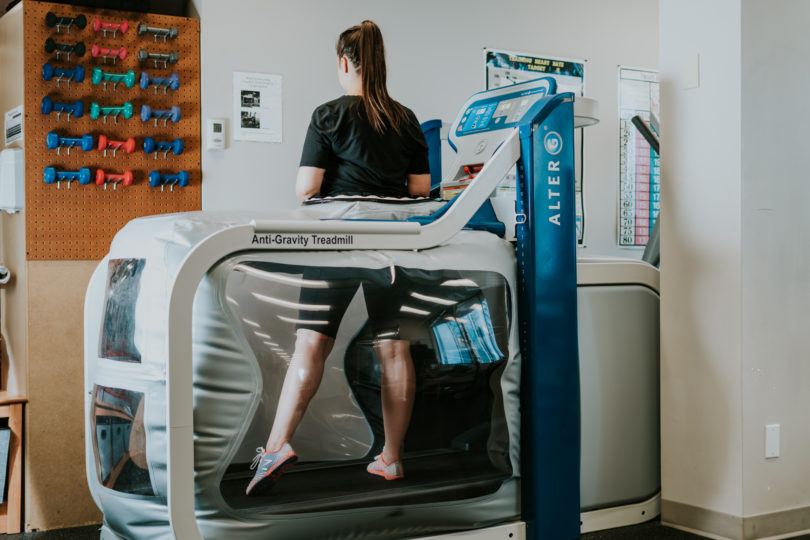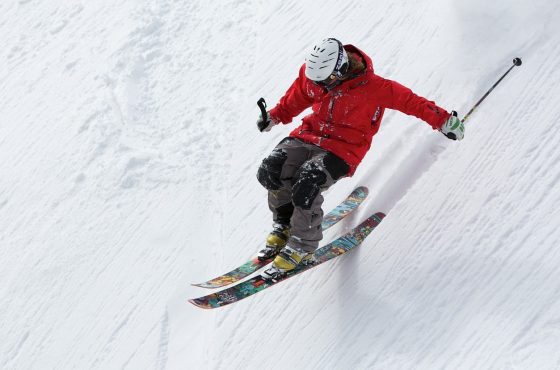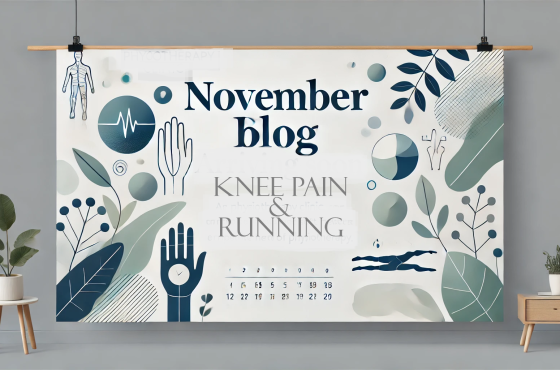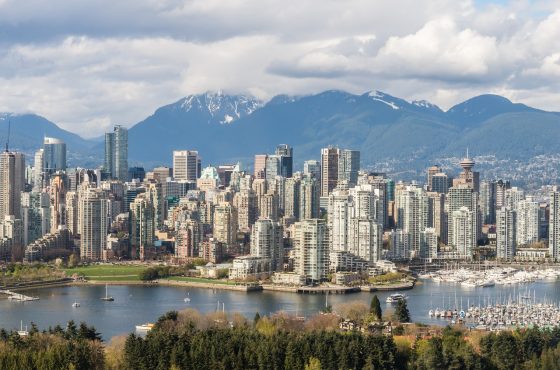ACL Tears- What you need to know
ACL Tears- What you need to know
Located in the heart of downtown Vancouver, Burrard Physiotherapy is the service you can trust when rehabilitating your ACL injury. Today we are going to give you a brief outline of what an ACL injury is and outline how the therapists at Burrard Physiotherapy will help rehab the injury.
Definition
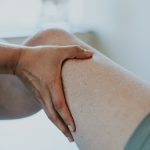 An anterior cruciate ligament (ACL) injury is a tear in the ACL ligament. The ACL is located in the middle of the knee joint and connects the lower leg bone to the thigh bone. It stabilizes the knee by preventing the thigh bone from sliding too far forward at the knee.
An anterior cruciate ligament (ACL) injury is a tear in the ACL ligament. The ACL is located in the middle of the knee joint and connects the lower leg bone to the thigh bone. It stabilizes the knee by preventing the thigh bone from sliding too far forward at the knee.
Causes
Most ACL tears occur during non-contact injuries, such as:
- Planting the foot and cutting
- Pivoting
- Landing on a straight leg
- Making a sudden stop
The ACL can also be injured from a direct blow to the knee.
Risk Factors
A risk factor is something that increases your chance of getting a disease, injury or condition.
- Sex: female
- Muscle imbalance between the quadriceps and hamstrings (weaker hamstrings)
- Weak quadriceps and hamstrings
- Playing sports that require sudden changes of direction and deceleration (eg, soccer, skiing, basketball)
- Incorrect technique for cutting, planting, pivoting, or jumping
Symptoms
When the ACL tears, you may hear a popping sound. As you stand, the knee will probably give-way immediately, and it will be difficult to walk on the affected leg. There is usually moderate pain and swelling of the knee joint, although in the first several hours, this may be minor. It will, however, worsen over the first two days, and then begin to subside.
Diagnosis
The doctor will ask about your symptoms and how you injured your knee. A physical exam will be performed.
Tests may include:
- MRI scan —a test that uses magnetic waves to show the structures inside the knee joint
- Arthroscopy —a thin, lighted tube inserted through a small incision in the knee to look at the structures inside the knee
Treatments
Knee Brace
You may need to wear a knee brace while recovering from your knee injury. The brace may also be needed when you return to your sport. This may be needed whether or not you have surgery to reconstruct the ligament.
Surgery
Surgery may be needed to fully restore the function of the knee. The decision to have surgery should be made after a discussion with your doctor about your athletic needs, age, and associated factors.
Physical Therapy
- Range of motion exercises—The therapist will assist you with moving your knee through its full range of motion. Stretching is a part of this treatment.
- Strengthening exercises—Due to their lack of use, the affected leg muscles will atrophy (shrink) and lose strength. Therapy will help you regain strength in the thigh muscles, especially the quadriceps and hamstrings.
Prevention
ACL tears are often due to non-contact injuries. Precautions can be taken to prevent them.
- When jumping and landing, or turning and pivoting, your hips and knees should be bent, not straight
- Incorporate adequate warm-up exercises to prepare the knee for your sport
- Plyometrics, a form of jumping exercise, can be used to train and strengthen the leg muscles for jumping and landing.
- Strengthen both the quadriceps and the hamstrings
- Keep the quadriceps and hamstrings flexible by stretching regularly
In summary, here is a nice little infographic created by David Pope’s of the Physio Edge Podcast.
And remember, for your ACL rehab needs and more, visit Burrard Physiotherapy in downtown Vancouver or book online here!
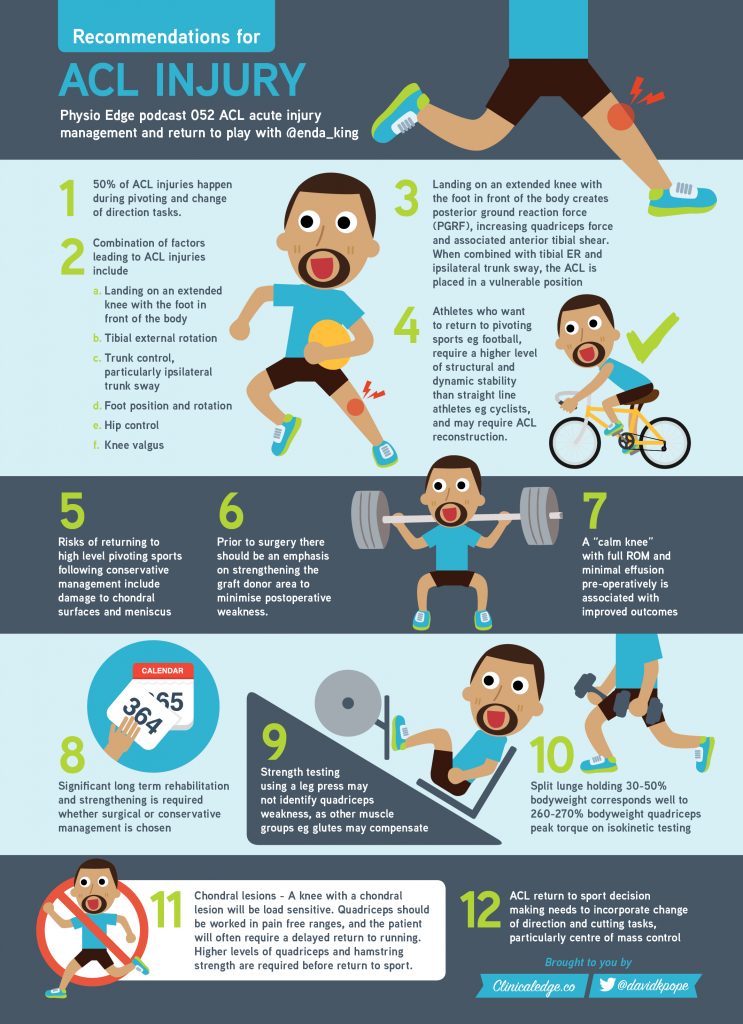
Source: https://www.clinicaledge.co/blog/infographic-acl-injuries-with-enda-king

